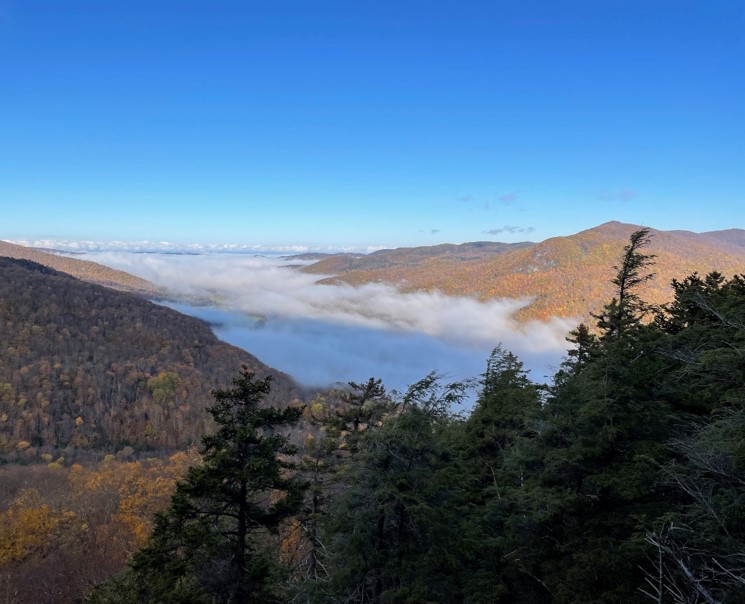Project Overview

Cold-air pooling, the accumulation of cold dense air in low-lying areas, is not well understood, but may have large impacts on forests, especially as the climate warms. Cold-air pooling occurs when radiative surface cooling forms dense, cold air that drains downslope and pools in low-lying areas, creating temperature inversions with the lowest temperatures at valley bottoms, where it would typically be warmer. These inversions likely regulate other key environmental conditions, such as soil temperature, soil moisture, humidity, frost frequency, and winter dynamics. Because local climate patterns in areas prone to cold-air pooling are decoupled from regional climates, they may be buffered from macroscale climate change and therefore serve as microrefugia for species and ecosystem functions. To characterize cold-air pooling across northeastern temperate forests and link cold-air pooling to forest structure and function, we established a unique, cross-scale sensor network in 2021-22 (6 sites, 3 elevational transects per site, 100 plots).
Objectives
(1) Characterize the seasonality of cold-air pooling dynamics in northeastern forests and advance our understanding of (2) how cold-air pooling dynamics affect forest composition and function and (3) if and how cold-air pooling buffers forests from regional climate change.
Dataset Availability
Downloadable: 1 dataset
See the full list of available dataTags
No tagsStatus - Active
Start date: 2021-06-01
Study Area

